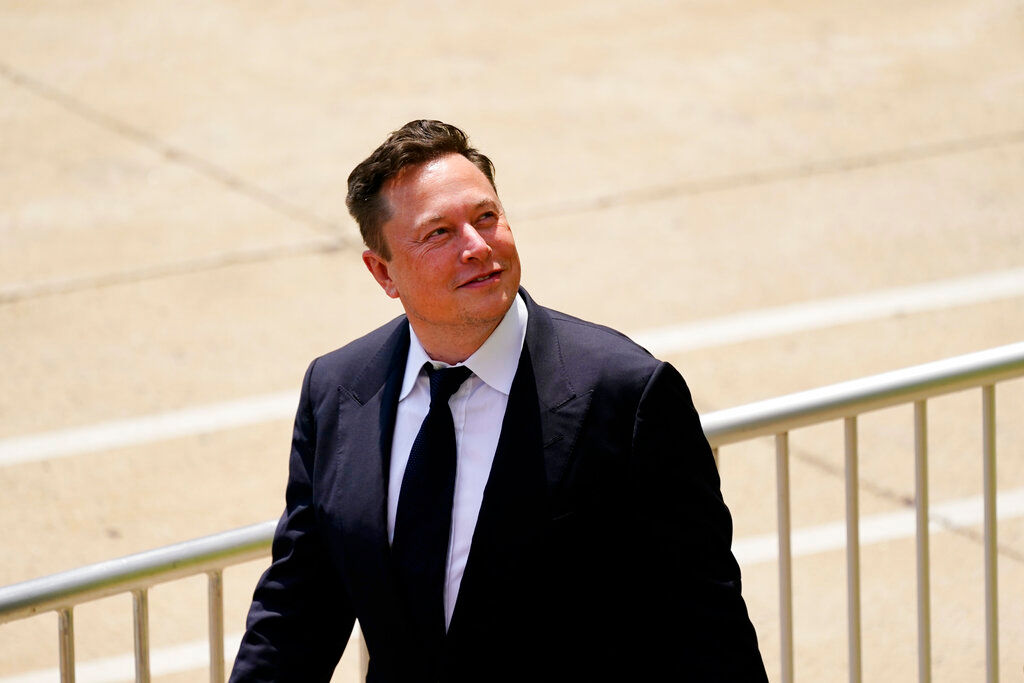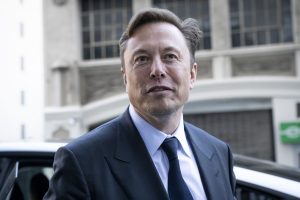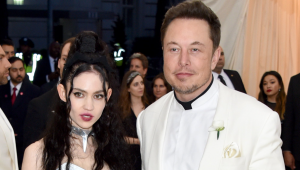There are speculations around what Elon Musk is doing with the billions he has made selling Tesla stock in the last two months.
It’s plausible, maybe even likely, that he’s invested some of the funds in SpaceX, his other company in which he serves as CEO and major shareholder.
The majority of the revenues from his $16.4 billion in Tesla stock sales since November 8 will be used to cover an estimated $11 billion federal tax obligation, leaving him with more than $5 billion to spend as he pleases.
Also read: Tesla to recall nearly 500,000 cars in the US due to safety issues
Musk will be left with a nest egg of more than $3 billion even if he ends up paying $2 billion in additional income tax to the state of California, where Tesla was based for most of the year when he was given the options on which he will now owe taxes. And, given his recent relocation of both his home and Tesla’s corporate offices to Texas, which has no state income tax, it’s unlikely he’ll have to pay the maximum amount of tax to California.
More importantly, the footnotes in the document exposing details of the sales, as well as the timing of the past two stock infusions into SpaceX, suggest the likelihood that Musk is transferring some of his riches from publicly listed Tesla to shares of his privately owned company SpaceX.
Also read: China says Elon Musk’s SpaceX satellites almost collided with space station
Those are unusual trades for Musk, the country’s most visible CEO. It’s the first time in Tesla’s 12-year public history that he’s kept cash from the sale of the company’s stock rather than selling just enough to cover future tax payments.
His timing is excellent, as the sales free up cash at a time when Tesla is performing exceptionally well in the market, becoming the sixth business in history to reach a market capitalization of $1 trillion, and elevating Musk to the title of world’s richest person.
And it’s happening at a time when his other high-profile firm, SpaceX, is raising hundreds of millions of dollars in the stock market to support its lofty aims. Those two facts, combined with information revealed in numerous files, strongly suggest that he is investing in SpaceX.
SpaceX and Tesla did not reply to requests for comment on Musk’s use of the funds from his stock transactions.
Also read: Check out this list of the most Google searched Indians of 2021
On the same days that he sold 10.3 million shares, Musk exercised options to buy an additional 22.9 million shares of Tesla stock. The sales took place over the course of 11 days, from November 8 to December 28.
Because those options were set to expire on August 13, 2022, it made sense for him to buy the shares with them. However, the value of the shares, minus the minor exercise price, became taxable income after he did so.
Musk promptly sold shares after exercising the options, according to the SEC filing, which stated that the transactions were done “solely to satisfy the reporting person’s tax withholding obligations related to the exercise of stock options.”
However, not all of them. The most recent sales contained a note that 219,000 shares were sold “solely” to meet his tax bill on December 28. According to the filing, another 715,000 shares he sold on the same day, for a total of $776 million, went “partially to satisfy” his tax due.
The following day, SpaceX filed its own SEC filing, revealing that it had raised $337.4 million in new equity funding from an unnamed investor.
Also read: Indian engineer’s tweet makes Elon Musk recall Tesla during Christmas 2008
This isn’t the first time this year that a Musk sale of Tesla stock for reasons other than paying taxes has been followed by SpaceX announcing a fresh round of equity investment.
Musk raised $5.8 billion by selling 5.4 million shares between November 9 and 11. Those were shares he held in trust, not shares he had recently purchased as part of an option exercise. And while his tax burden on the sale of those shares is anticipated to be considerably smaller, it’s still significant: around $1.2 billion in federal long-term capital gains taxes, leaving him with about $4.6 billion.
There’s no indication in the records as to why he executed those transactions, which are the first time he’s sold shares he’s held for a long time rather than those he just got through option exercise.
It’s possible he wanted to see the results of a Twitter poll in which he asked followers if they thought he should sell 10% of his stock to boost his taxable income. However, it’s also plausible that the objective was to raise funds for SpaceX.
SpaceX announced on November 15 that it had raised $388 million in fresh equity investments from an unknown investor, just days after he made the unique sale of shares from his trust.
That cash inflow came at a crucial time. Musk reportedly told SpaceX employees in an email sent just before Thanksgiving that the firm was facing a liquidity crunch owing to delays in manufacturing the Raptor rocket engines and Starship rockets needed to launch its Starlink satellites in 2022. Starlink is a satellite constellation that aims to deliver high-speed Internet access from space.
Also read: Elon Musk’s SpaceX reports 132 COVID cases in California headquarters
According to an email obtained by Space Explored and quoted by CNBC, “We face a genuine risk of bankruptcy if we can’t achieve a Starship flight rate of at least once every two weeks next year.” According to Musk’s email, the firm needed nearly all of its staff to be at work over the Thanksgiving holiday weekend to fix the issues.
He also stated that the business intended to increase ground station production in order to connect Starlink clients to the Internet. He predicted that it would produce “several million units per year,” implying that it would “consume massive capital.”
Musk stated the problem with the Starship rocket and its Raptor engines was “getting fixed” in a tweet that followed revelations of the email. However, in a tweet on December 29, he stated that the first orbital test launch of the Starship rocket has been postponed until the end of February due to the requirement to obtain FAA certification for the unmanned flight.
SpaceX and NASA did not react to questions posed by the news organisation CNN, regarding the email to SpaceX employees.
If SpaceX can resolve issues with its Starship rocket and Raptor engines, and have Starlink up and operating as anticipated, the company’s valuation, which is now valued at over $100 billion, might skyrocket. Musk and other investors have poured money into the company, which might result in a financial jackpot once it goes public.
Prior to these two recent funding infusions, SpaceX raised $1.2 billion in stock investments earlier this year. While the names of those who bought the extra shares aren’t known, the amounts of four distinct infusions were reported in SEC filings.
Also read: Elon Musk’s SpaceX carries Christmas gifts, supplies for ISS
It’s unclear how much money Musk had available to invest in SpaceX before beginning to sell his Tesla stock on November 8.
The almost $250 billion in value of Tesla shares and options he owns, as well as a chunk of money from his undisclosed interest in SpaceX, account for the vast majority of his estimated $275 billion net worth. If Musk wanted to increase his investment in SpaceX, he’d have to sell Tesla stock first.
Musk has previously mentioned the financial constraints and cash drain involved in getting Starlink’s internet service up and running in an email to SpaceX employees just before Thanksgiving.
“SpaceX needs to pass through a deep chasm of negative cash flow over the next year or so to make Starlink financially viable,” he said in a tweet in February. “Every new satellite constellation in history has gone bankrupt. We hope to be the first that does not.”






